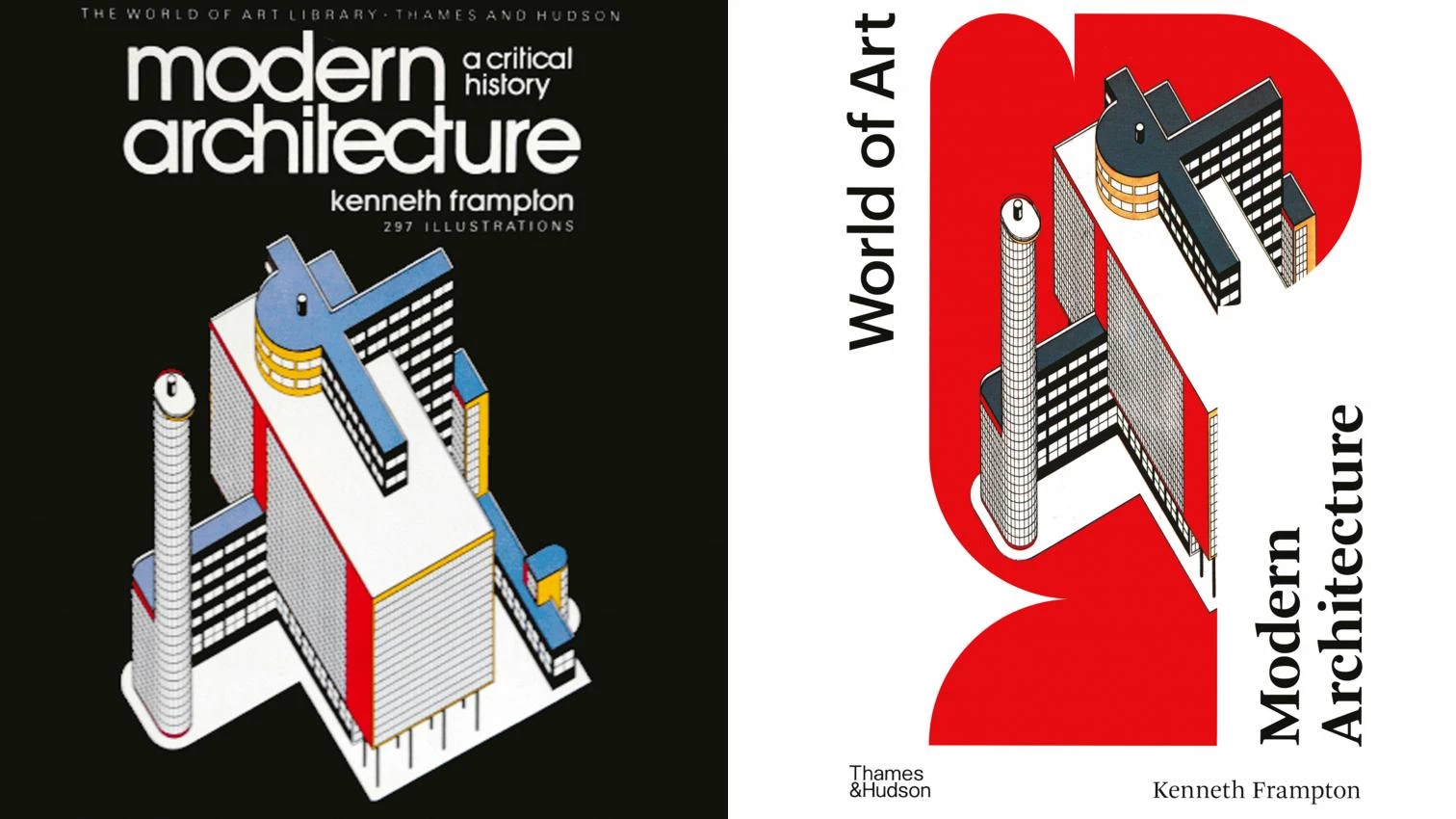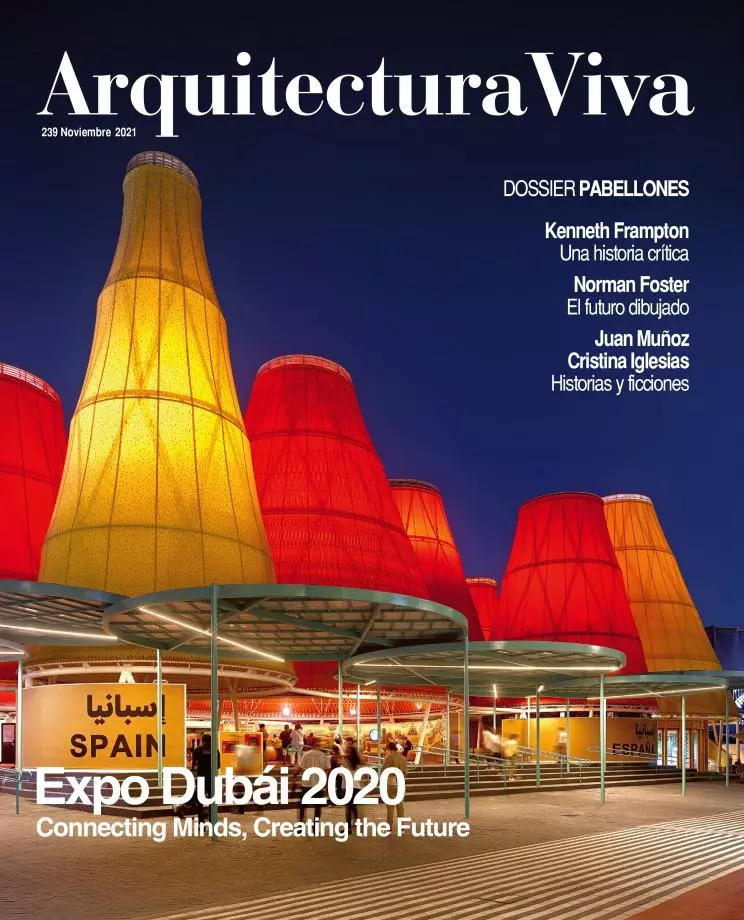
To attempt to expand on an account of the evolution of the Modern Movement in architecture at the time of writing is a contradictory and disturbing experience. While the level of professional talent and skill in the field is higher today, worldwide, than at any other moment in history, at the same time the world enters ever more deeply into a confused state of total political paralysis, so much so that one is reluctantly drawn to conclude that the human species no longer has the capacity to act in its own best interests. At the micro-level, the techno-scientific division of labour is such that we are able to penetrate ever more deeply into the mysteries of nature, but simultaneously we are the perennial victims of a triumphant globalized capitalism through which, at the macro-level, we are locked in a titanic struggle with a rebarbative nature, which is now already beyond our control.
The impasse of escalating climate change, which was already a fact when the fourth edition of this history was published in 2007, is ever more apparent today as we encounter the worldwide crisis of democracy and the accompanying hysteria of populist political reaction.
I began work on this history in 1970, when the idea of the Modern Movement was still current on the London architectural scene despite the fact that, unknown at the time, the term ‘Modern Movement’ (Moderne Bewegung) had first appeared in Otto Wagner’s book Moderne Architektur (1896). While the term appears throughout the various editions of his book, the title of the last edition, of 1914, was discreetly changed to Die Baukunst unserer Zeit (The Architecture of our Time). Throughout the numerous accounts of the evolution of the Modern Movement in architecture, there is a divide between authors who prefer to allude to a specific time period, and others, like myself, who, possibly because they have had an architectural formation, prefer to allude to the Modern Movement in the same way as the Italian architect-historian Leonardo Benevolo, whose two-volume Storia dell’architettura moderna of 1960, which was first published in English a decade later, specifically alluded to the Modern Movement in the subtitle of his second volume. Nevertheless, as we pass from Gustav Adolf Platz’s pioneering Die Baukunst der neuesten Zeit (Building in our Time) of 1927 to Sigfried Giedion’s Space, Time and Architecture of 1941, to Arnold Whittick’s European Architecture in the 20th Century of 1950 and finally to Reyner Banham’s Theory and Design in the First Machine Age of 1960, we notice that the association of architecture with modernity is discreetly avoided, and likewise there is no reference to the Modern Movement in an avant-gardist sense of that term. In this fifth edition, however, I have frequently had to return to the idea of the Modern Movement by alluding to the beginnings of a discernibly modern architecture in various parts of the world, under the decidedly openended title of ‘World Architecture.’
The term ‘World Architecture’ was first coined by the China Architecture and Building Press in 2000, when it published its ambitious project of 1,000 significant buildings worldwide for the entire 20th century, which had been critically selected by ten regional committees. The work was published in ten volumes, one for each region, with the subtitle ‘A Critical Mosaic 1900-2000.’ Something similar was attempted for the period of the millennium alone through Luis Fernández-Galiano’s five-volume publication Atlas: Global Architecture circa 2000, issued between 2007 and 2012 by the BBVA Foundation in Spain.
In the new Part IV of my unduly ambitious account, I have attempted to assemble, under the rubric of ‘World Architecture,’ a synthesis between these two editorial operations. I have adopted Fernández-Galiano’s approach of audaciously dividing the world into four transcontinental regions – Europe, the Americas, Africa and the Middle East, and Asia and the Pacific – while at the same time moving across the entire span of the 20th century to touch, however provisionally, not only on the beginnings of the Modern Movement in various parts of the world, but also on relatively recent developments where these appear to merit inclusion. I feel it is necessary to add that, however dated this may seem, the Modern Movement was once inseparable from the liberative modern project in the sense in which this was defined by the German philosopher and sociologist Jürgen Habermas, implying an ultimately socialist welfare state irrespective of the political ideology at a given instant in time and at a specific place.
Here an effort has been made to widen the scope of the book in order to redress the Eurocentric and transatlantic bias of previous editions of this history. However, it has not proved possible to be as comprehensive as the title of the new Part IV would suggest. And despite the fact that the fifth edition aims to address large parts of the non-Eurocentric world, or, let us say, the post-colonial world, Europe nonetheless still appears as a continental sector because I feel that in following Fernández-Galiano’s taxonomy, it is necessary to pick up certain canonical works by prominent architects, particularly some Scandinavians who had previously been inexplicably overlooked in earlier editions.
One of the challenges of writing an account over such a broad front is the quandary of the criteria by which one decides to include or exclude a particular work. Despite a constant attempt to maintain a certain level of objectivity, there is an inescapable subjectivity determining one’s choices. Perhaps this is the ultimate meaning of the term ‘a critical history,’ inasmuch as the historical account fuses with both criticism and theory, serving to justify expansion on a particular work or subject matter that one values, at the expense of the others that, because of time, space, and polemical prejudices, one elects to ignore. Of course, there is no absolute history, for, as E.H. Carr made clear in his book What is History?, each age writes its own history, and in this sense creates a purview with which we may hopefully proceed in a culturally significant way.
It is ironic that the first edition of this history, written by an architect committed to ‘the unfinished modern project,’ to coin Jürgen Habermas’s memorable phrase, should have been published in the same year as the first architectural biennale, staged in Venice in 1980. This exhibition, curated by Paolo Portoghesi, was dedicated to celebrating the historicizing pastiche of Post-Modern architecture, under the slogan ‘The End of Prohibition and the Presence of the Past.’
Since this time, subsequent editions of this history, of which this is the greatly expanded fifth edition, have been dedicated, in one way or another, to the continuation of the modern project in terms of a liberative architecture. However, it has become increasingly clear that under the aegis of an anti-ecological, neoliberal consumerism, continually exacerbating the maldistribution of wealth, the prospects for any kind of rational land settlement, let alone urbanism, are extremely limited, if not totally unavailable. At best, what is left for the critical practice of architecture at a large scale are predominantly horizontal megaforms designed as artificial landscapes in order to encapsulate some vestige of the civic, and to stand against the universal placelessness of the environment as a whole.
Kenneth Frampton has celebrated his 90th year publishing the fifth edition of his Modern Architecture: A Critical History, which has been a classic since it first appeared in 1980. Four decades later, the current edition (to be released in Spanish soon) expands its contents to cover geographies frequently forgotten in conventional narratives, as explained in the slightly shortened introduction reproduced here.





